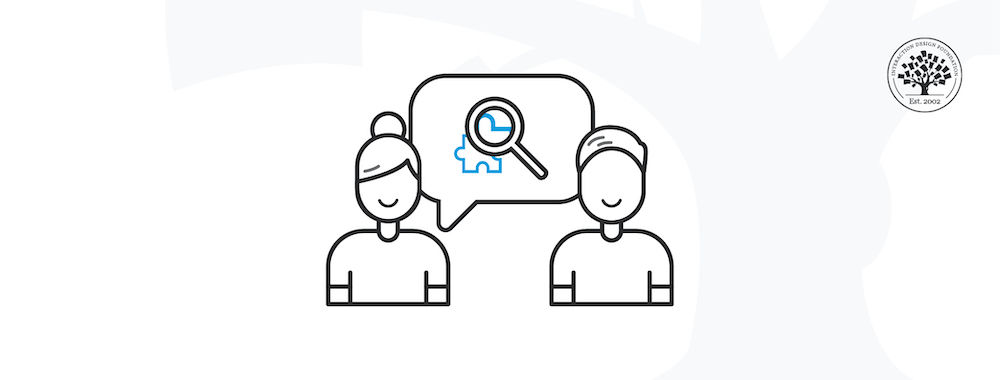There can be quite a bit of confusion when you think about what the word “expertise” means. We all like to believe we have areas of expertise. However, sometimes, this leads to an over-estimation of our capacities. We fail to see our limits and how they might affect our results. A similar fairly painful outcome might happen when we only see the world from our professional lenses. Deformation Professionelle and the Dunning-Kruger Effect are cognitive biases related to expertise assessment that we have to be aware of and take action to prevent them from interfering with our work.
Let’s see how to do it!
Expertise is a matter of professional and personal pride. We need to demonstrate expertise to differentiate ourselves from other people who offer similar services and work that we do. It’s expertise that brings higher salaries than those who lack such expertise.
Sadly, there are times when expertise can obfuscate the way we see the world too. When that happens we can fail to think creatively or logically and we lower our levels of performance. Worse, this can impact on the user experience, the product and our clients too.
What is Deformation Professionelle?
Deformation professionelle (other than being a French term) is a cognitive bias. It stops us from seeing the world the way that most people see it. What it is, is a tendency to view the world through the eyes of our own profession. We stop seeing things as they are and see them only as a designer would view them.
This isn’t always a bad thing but it can be very limiting too. It’s a warning sign that we’ve become over-specialized in our approach. Not everything in life needs “design theory” applying to it and in fact, there are times when “design theory” is plain wrong in light of the facts.
There are situations when it’s better to take an intuitive or common approach to an idea or a problem or to tackle that problem from the perspective of an alternative profession.
When expertise runs wild; it can severely limit the way we solve problems and handle new ideas.
![]()
Author/Copyright holder: Kevin Marks. Copyright terms and licence: CC BY 2.0
What’s the Dunning-Kruger Effect?
The Dunning-Kruger effect appears at the other end of the expertise scale. It’s when we suffer from an illusion of expertise when in reality we’re not really all that skilled at something. In its worst form, it’s a belief that we’re good at everything because we’re good at something.
When people suffer from this bias – they have a tendency to massively over-estimate what their competence is in things that they’re not very good at.
![]()
Author/Copyright holder: The YPS Group. Copyright terms and licence: All rights reserved Img source
The bias can also manifest when highly-skilled individuals (or experts as we call them) believe that because they have expertise and thus a task is easy to them; everyone has that expertise and thus the same task should be easier for others than it actually is.
How Do We Tackle These Biases?
If you find yourself prefacing your thoughts with; “Well design theory says…” or “It’s well known in design that…” you might want to take a step back and ask; “How would someone with no expertise see this?”
![]()
Author/Copyright holder: KoeppiK. Copyright terms and licence: CC BY-SA 3.0
You may then find yourself falling into the same trap as you progress through the process. Keep taking a step back and make sure you’re examining the problem through fresh eyes.
It can be harder to spot the Dunning-Kruger effect at play. You need to be able to ask yourself; “What do I really know about this situation?” and see if you’re over-estimating your ability to cope with a challenge and whether it needs a little more thought.
If you find that people around you are under-performing in your eyes; you might also want to ask “am I being fair?” Does the person actually have the expertise or should you be giving them more time to develop it?
As with all cognitive biases – tackling them by yourself can be incredibly challenging. That’s because we’re programmed (naturally) to not recognize our biases. You might want to consider enlisting the aid of a coach if you really want to rid yourself of these biases and become more effective.
The Take Away
Expertise can be extremely useful in our work; however, we shouldn’t become over-reliant on expertise – there are advantages to seeing the world with a fresh “non-design” pair of eyes at times. It can help us be more creative and get different perspectives on our work.
It’s also important not to become over-reliant on our image of ourselves as an expert. We cannot be experts at everything, and we cannot expect others always to share our expertise either. Knowing when to differentiate these circumstances can make us better at what we do and make it easier for others to work with us.
References & Where to Learn More:
A brutal but funny look at the Dunning-Kruger effect: Here’s Why Stupid People Don’t Realize They’re Stupid.
A slightly healthier perspective on the Dunning-Kruger effect: We are All Confident Idiots.
A case study in the destructiveness of Deformation Professionnelle.
Hero Image: Author/Copyright holder: Stueckelberger.ch. Copyright terms and licence: All rights reserved. Img



